Jain Temples of Lodhurva, Jaisalmer, Rajasthan || Temples that are striking examples of exquisite Dilwara-style carvings
One morning while at Jaisalmer in Rajasthan, we planned an excursion to Kuldhara and Lodhurva Jain Temples happened to be on the way. So we thought that we would stop there for a few minutes, click a few pictures and be out of the place and on our way to Kuldhara.
However, we had grossly miscalculated. What we had not expected was a beautifully carved temple and a surrounding that was peaceful and interesting. So obviously it took us much longer than 10-15 minutes at this temple.
When we reached the Amar Sagar Jain Temple, we were the only visitors there and the first ones since the morning. The entry to the temple is free for Indians, but we paid Rs. 50 for our camera. The pujari on the gate guided us about the temple and advised us on the path to take.
Lodhurva was established as the capital by Rawal Deoraj in 8th-9th century CE. Rawal Deoraj belonged to the Bhati clan. The city of Lodhurva as well as the main Jain Temple of the area, the Parshwanath Jain Temple, were all constructed in the 9th Century CE.
However, the fame of being the capital city was short-lived for Lodhurva. In 1156 CE, Rawal Jaiswal, a prince of the Bhati clan, moved the capital from Ludhurva to Jaisalmer. After this, the temple was plundered by Mahmud of Ghazni and Mohammad of Ghor.
The Parshwanath Jain Temple was destroyed in 1152 CE because of the plundering and neglect. However, it got a new lease of life when it was restored in 1615 CE. Today, it stands proud, almost as good as new. However, rest of the city of Ludhurva lies in ruins, all around.
The Amar Sagar Jain temple dates back to the 12th and 15th centuries. The temples are built with yellow sandstone and are intricately carved in a style similar to the carvings on the Dilwara temple in Mount Abu.
The Amar Sagar Jain Temples are dedicated to two famous Jain Tirthankars- Rishabhdev ji and Shambhavnath ji. Rishabhdevji was the first Tirthankar as per Jain mythology and as per some texts there is considerable similarity between Rishabhdev ji and the beloved Lord Shiv of Hindu mythology. In fact some texts claim that they are in fact the same.
Shambhavnath ji was the third Tirthankar as per the Jain mythology. His symbol was a horse and he is believed to be 400 dhanusha in height, which is equal to 1200 meters. As per some texts, this wasn't unusual for those times.
As the time passes, the height of the human beings is decreasing and going forward it will start increasing again. I don't think we have discovered proof for this ever, but then we can't claim to know everything. That will be arrogant on our part.
The temple is on the southern boundary of Amar Sagar lake, which is an artificial lake built to store water. The Amar Sagar lake is built on the edge of Amar Palace which was built by Maharaja Akhai Singh in the 17th century to honour one of his ancestors Maharaja Amar Singh.
When we reached the place, the Amar Sagar Lake was mostly dry and it did not appear as if it would ever be very happening. I have read some visitor accounts on the Internet that talk about boating and loads of catfish here. I am not sure if they are just talking about the Gadisar lake or if the lake does fill up during the rainy season.
But just this Amar Sagar Jain Temple makes it worth visiting this spot. Another motivation is the main Lordhurva Temple. Both these temples are such amazing specimen of exquisite craftsmanship, that they appear like delicate gold jewelry.
The main temple is a two-storied structure with carved pillars and arches. The idols themselves are simple in comparison and yet because of their placement and expressions, they manage to outshine the ornate building in which they are housed.
Mythological creatures, floral patterns, and vines adorn the walls and entrances. You see sharduls and guards on the pillars and delicate latticework on the windows. The latticework is even more spectacular in the main Parshwanath Jain Temple.
The Amar Sagar Jain Temple was built by Bafna Himmat Ram, a descendent of the illustrious Patwa, in 1928. A bust of Bafna Himmat Ram stands at the center of the manicured lawns of the temple today.
If you are headed toward Sam Sand Dunes or toward Kuldhara, this is worth a stop. We do not recommend going there for the lake, but do go there if you are interested in visiting some of the most beautiful Jain temples in the country.

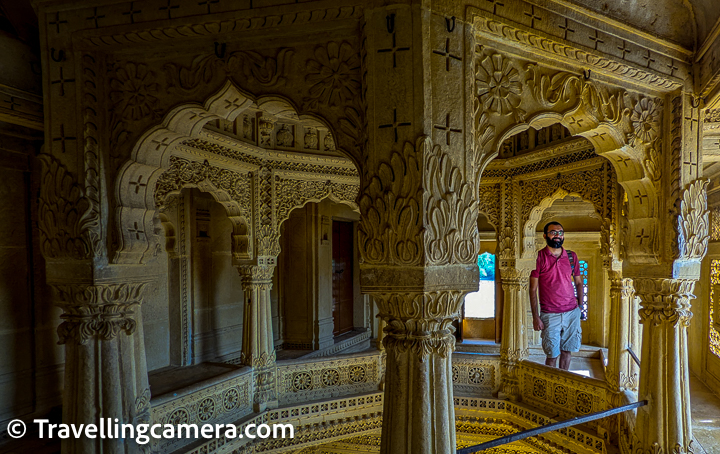
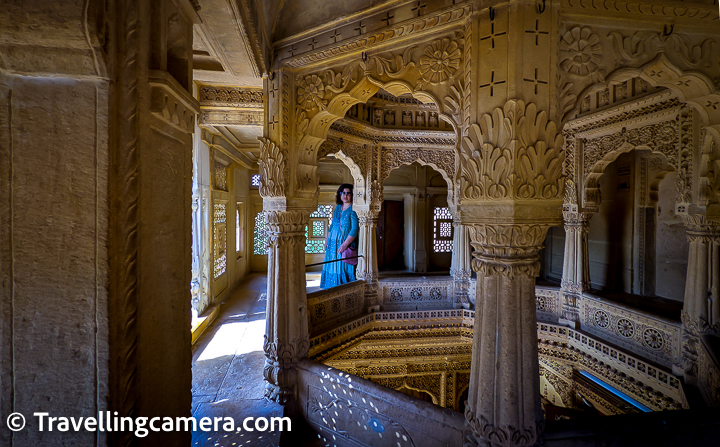



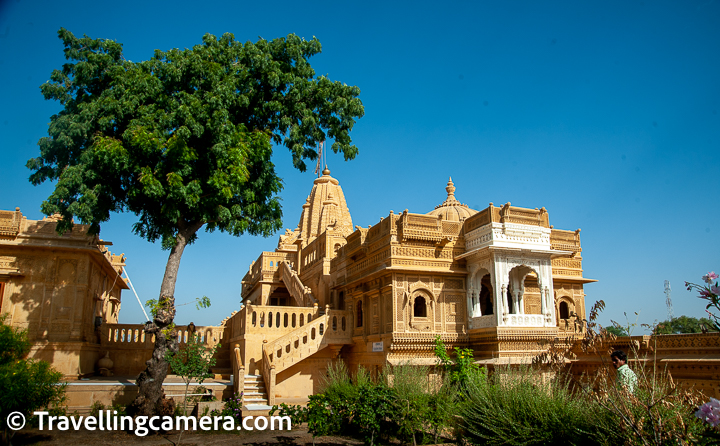

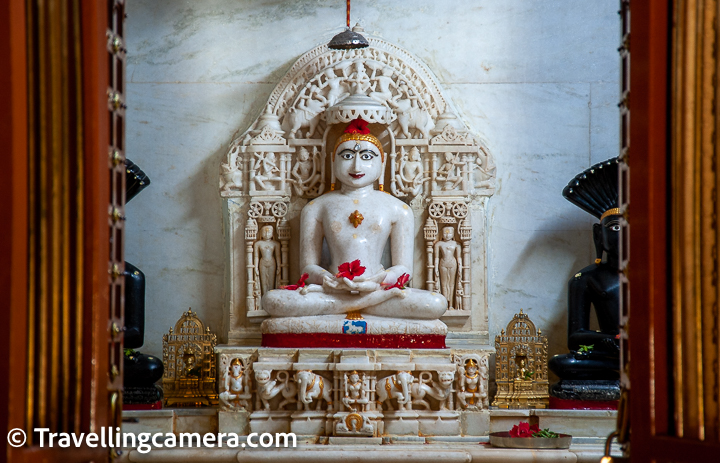

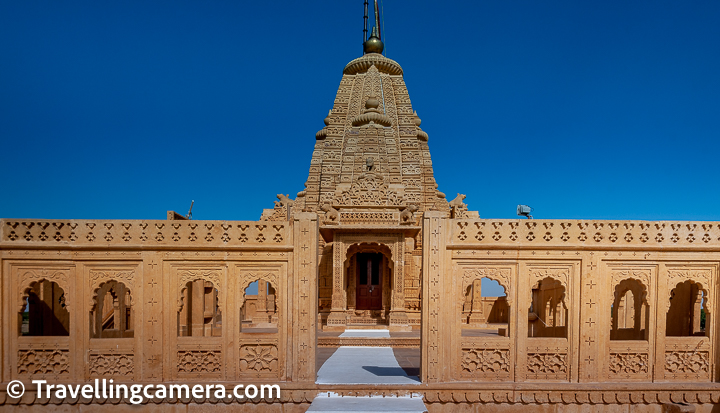

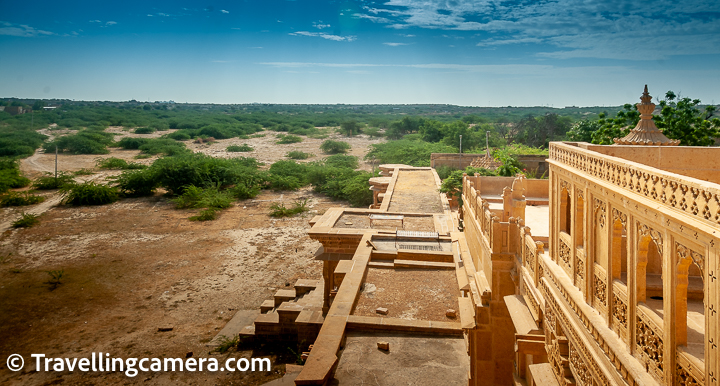
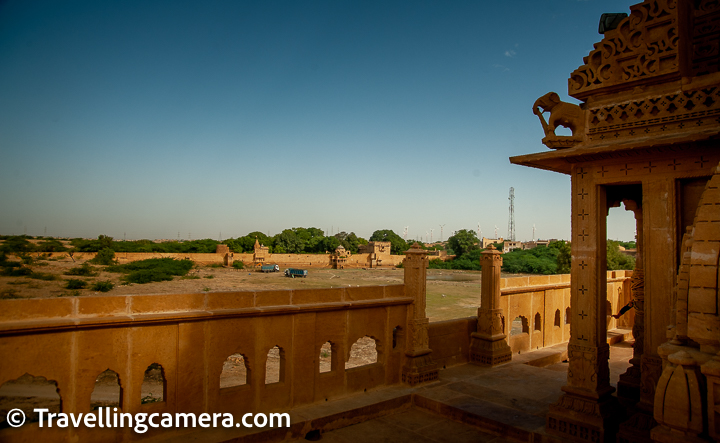


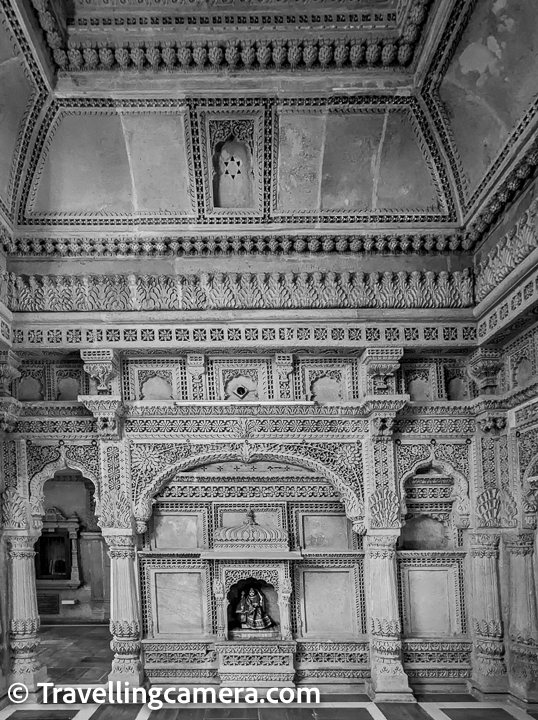



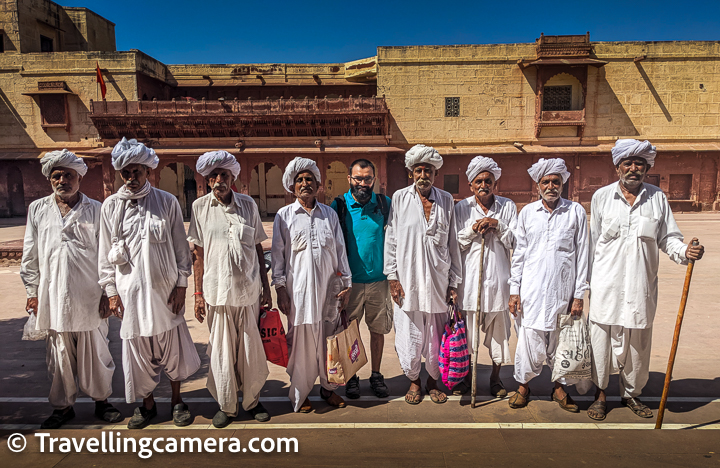







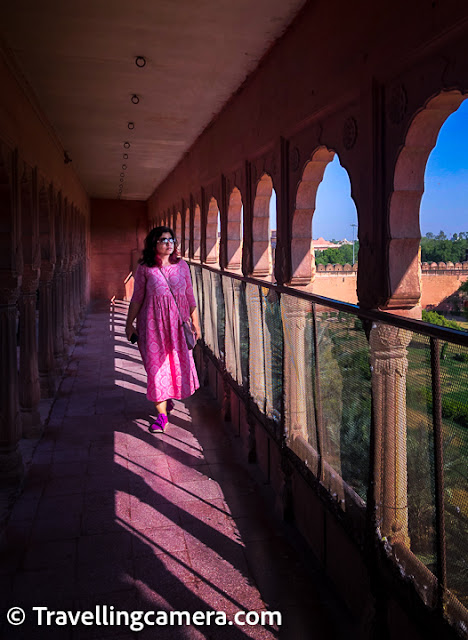

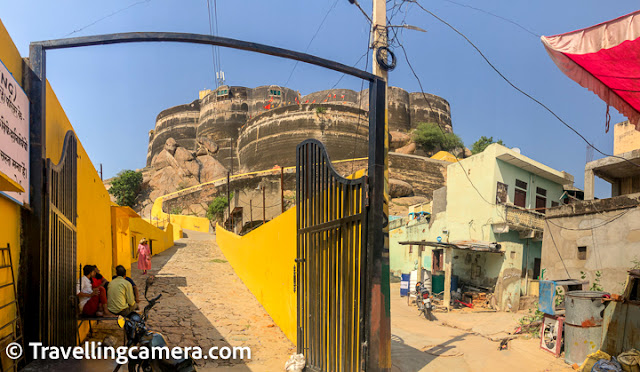

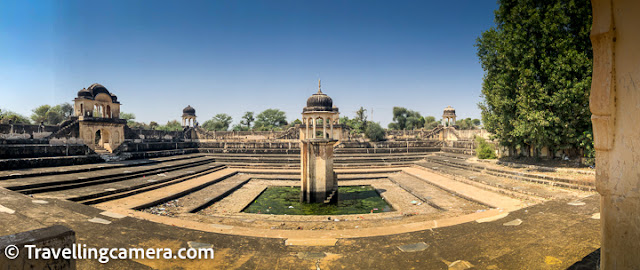


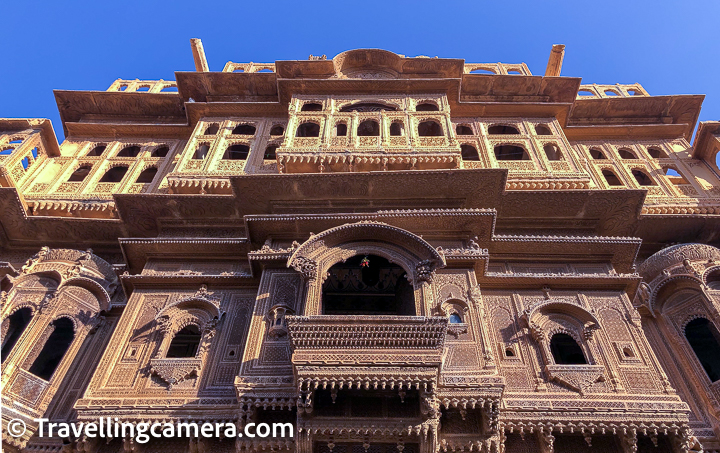



.jpg)
Comments